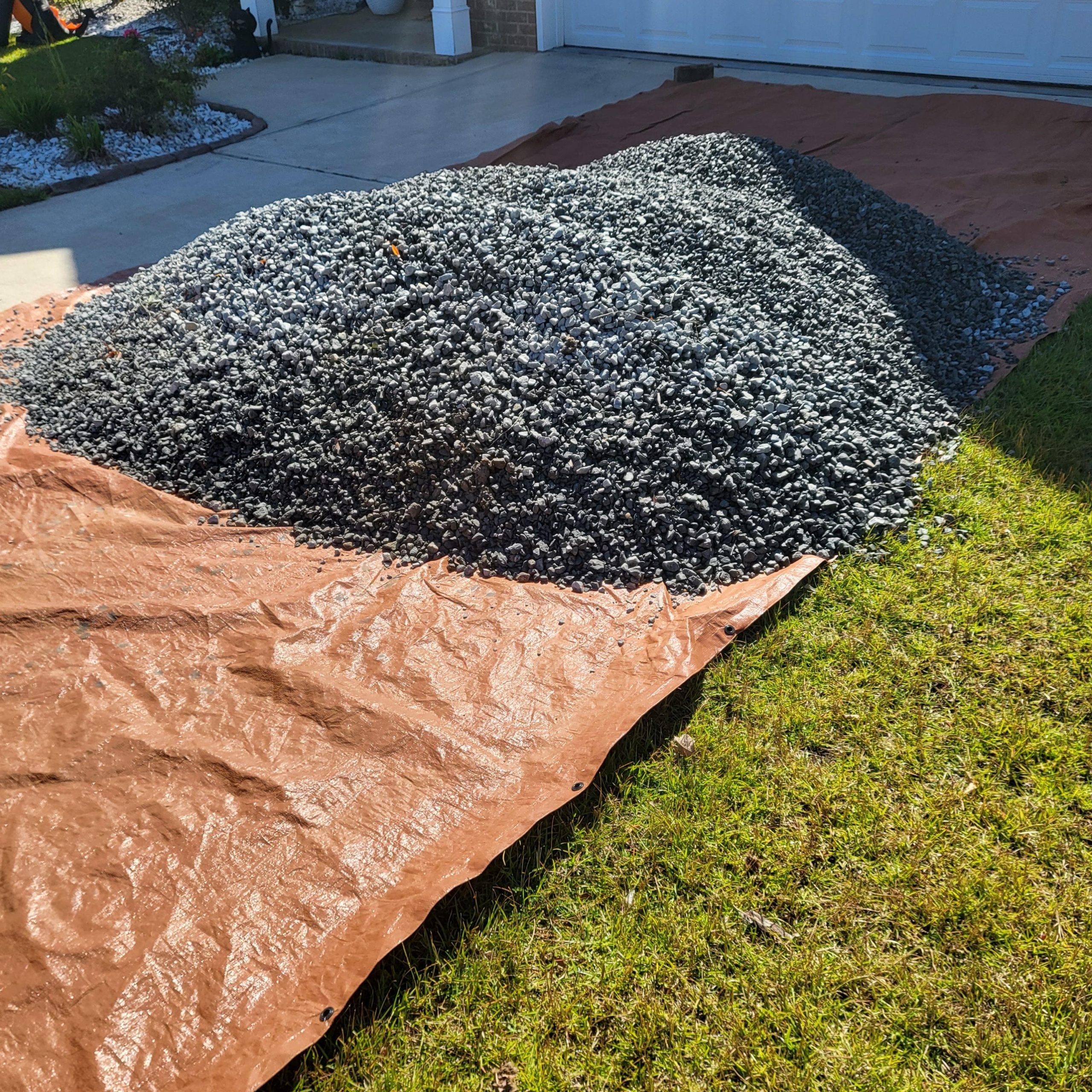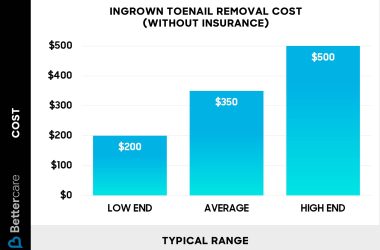One ton of gravel equals approximately 2000 pounds. This common question arises for those planning landscaping or construction projects. Determining how much is one ton of gravel needed can be crucial for budgeting and project planning. Let’s delve into the specifics of gravel weight and volume to help you make informed decisions for your next project.
Exploring How Much Is One Ton of Gravel
Welcome, curious minds, to our deep dive into the world of gravel! Today, we are going to unravel the mystery of how much one ton of gravel really is. Have you ever wondered about the weight of gravel used for roads, driveways, or landscaping projects? Well, get ready to be amazed as we uncover all the fascinating details about this essential construction material.
What Exactly Is Gravel?
Before we delve into the specifics of a ton of gravel, let’s first understand what gravel is. Gravel is a versatile material that consists of small rock fragments. These fragments can range in size from tiny particles to larger stones. Gravel is commonly used in construction projects for various purposes, including creating solid foundations, drainage systems, and decorative landscapes.
Understanding Weight Measurements
When we talk about the weight of gravel, we typically use the metric system. In this system, the standard unit of weight measurement is the ton. A ton is a unit of mass equal to 2,000 pounds. This is known as a short ton, and it is commonly used in the United States. In other parts of the world, a ton is equivalent to 2,240 pounds and is referred to as a long ton.
How Much Is One Ton of Gravel?
Now, let’s get to the heart of the matter – how much does one ton of gravel actually weigh? A ton of gravel is equivalent to 2,000 pounds, which is quite a hefty amount! Imagine a small car or a baby elephant – that’s approximately how much one ton of gravel weighs. It may seem like a lot, but when you see it spread out on the ground, it can cover a significant area.
Visualizing One Ton of Gravel
To put it into perspective, picture a large pickup truck filled to the brim with gravel. That’s roughly the amount of gravel you would need to reach one ton. Now, imagine that gravel being spread out in a pile – it would create a mound about the size of a small swimming pool. That’s a lot of gravel!
The Cost of One Ton of Gravel
When it comes to the cost of one ton of gravel, it can vary depending on factors such as location, type of gravel, and supplier. On average, you can expect to pay around $15 to $75 per ton of gravel. This cost includes the materials and delivery, so be sure to factor that into your budget when planning a project that requires gravel.
Uses of One Ton of Gravel
One ton of gravel can be used for a wide range of applications. Whether you’re working on a construction project or enhancing your outdoor space, gravel is a versatile material that can serve various purposes. Here are some common uses for one ton of gravel:
1. Driveways and Pathways
Gravel is commonly used to create driveways and pathways. One ton of gravel can cover approximately 100 square feet at a depth of 2 inches. This makes it an ideal choice for surfacing areas where vehicles will be driven or pedestrians will walk.
2. Landscaping
Gravel can be used to enhance the aesthetics of your landscaping. With one ton of gravel, you can create borders, fill in flower beds, or build decorative features in your outdoor space. Gravel comes in various colors and sizes, allowing you to customize your landscaping design.
3. Drainage Systems
Gravel is excellent for improving drainage in your yard or garden. By using one ton of gravel to create a French drain or a gravel trench, you can redirect water away from your property and prevent flooding. The permeable nature of gravel allows water to flow through easily.
4. Erosion Control
Gravel can also be used for erosion control along slopes or embankments. By placing one ton of gravel strategically in areas prone to erosion, you can help stabilize the soil and prevent sediment runoff. This is crucial for maintaining the integrity of the land.
And there you have it – a comprehensive exploration of how much one ton of gravel weighs and its various uses. Gravel may seem like a simple material, but its importance in construction and landscaping projects cannot be underestimated. Next time you see a pile of gravel by the roadside or at a construction site, you’ll have a newfound appreciation for the weight and versatility of this humble rock fragment.
Whether you’re planning a DIY project at home or overseeing a large-scale construction endeavor, understanding the weight and uses of gravel will undoubtedly come in handy. So, go forth with your newfound knowledge and make the most of one ton of gravel for your next project!
57 GRAVEL
Frequently Asked Questions
What is the typical cost of one ton of gravel?
The average cost of one ton of gravel ranges from $20 to $75, depending on the type of gravel, location, and supplier. Factors such as size, color, and shape of the gravel can also affect the price.
How much area can one ton of gravel cover?
On average, one ton of gravel can cover around 100 square feet at a depth of 2 inches. However, the actual coverage may vary depending on the size and type of gravel used and the depth to which it is spread.
Can I purchase a fraction of a ton of gravel?
While most suppliers sell gravel by the ton, some may offer smaller increments like half tons or cubic yards. It’s best to check with your supplier to see if they offer options for purchasing lesser amounts of gravel.
Final Thoughts
In conclusion, the weight of one ton of gravel is equivalent to 2000 pounds or 907 kilograms. When calculating the cost of gravel for a project, it’s essential to know how much is one ton of gravel to accurately estimate the quantity needed. Understanding the weight of gravel per ton is crucial for budgeting and planning purposes in construction and landscaping projects. Additionally, considering the type and size of gravel is important in determining the total cost.












